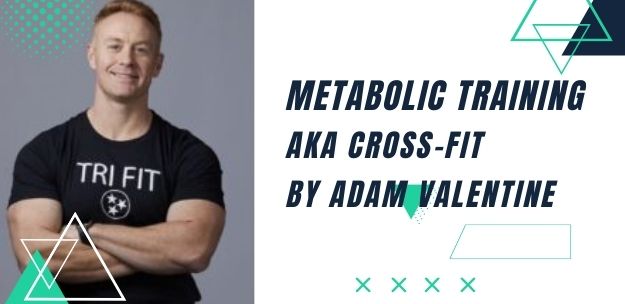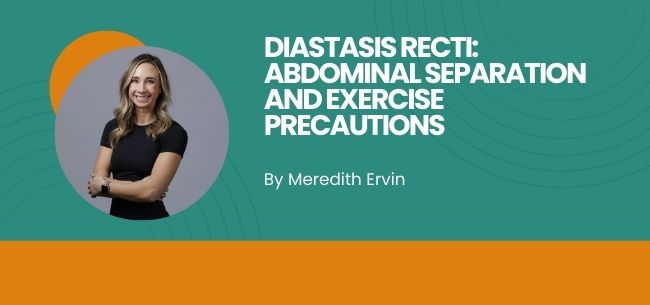
Metabolic Training AKA Cross-fit
Metabolic Training AKA Cross-fit By Adam Valentine “The latest and greatest” The time has come folks, and a new fitness regime has risen. It’s

What is it?
Diastasis recti is a common condition in pregnant and postpartum people. It occurs when the rectus abdominis muscles (six-pack ab muscles) separate during pregnancy from being stretched. It can be repaired or improved with certain deep core exercises but there should also be precautions taken until you have healed those muscles.
How common is it?
Diastasis recti is common in women who are over 35, deliver a high birth weight baby, or have a multiple pregnancy. It’s usually most noticeable right after delivery. It also occurs in middle aged and older men with abdominal obesity.
How do I know if I have diastasis?
Common signs of diastasis recti are:
What exercises can help heal a diastasis or improve it?
The best exercises for diastasis recti are those that engage the deep abdominals. Most diastasis recti exercises involve deep breathing and slow, controlled movements. Unfortunately, many of the most common ab exercises (like crunches) can worsen your diastasis.
What exercises should I avoid?
In some cases, it is best to avoid the following categories of exercise in early postpartum (when you are least likely to be able to control intra-abdominal pressure effectively):
*This is not to say that these exercises are “bad” and must always be avoided, postnatal women should gradually progress toward these exercises, rather than start with them.
Meeting with a physical therapist who specializes in pelvic health and choosing a fitness professional who is aware of diastasis recti are the best tools you have in regaining strength and functionality of these muscles.

Metabolic Training AKA Cross-fit By Adam Valentine “The latest and greatest” The time has come folks, and a new fitness regime has risen. It’s

Caffeine: Bad or Good? It’s the most legal stimulant that’s easy to buy; Caffeine. We all have tried it and seen its remarkable effects. The

The Truth about Lactic Acid By: Adam Valentine Forums all over the map have evolved over the years. Many “theorists” will attempt at proving why
© 2025. All Rights Reserved
Murfreesboro Digital Marketing & Web Design - Boro Business Lab
